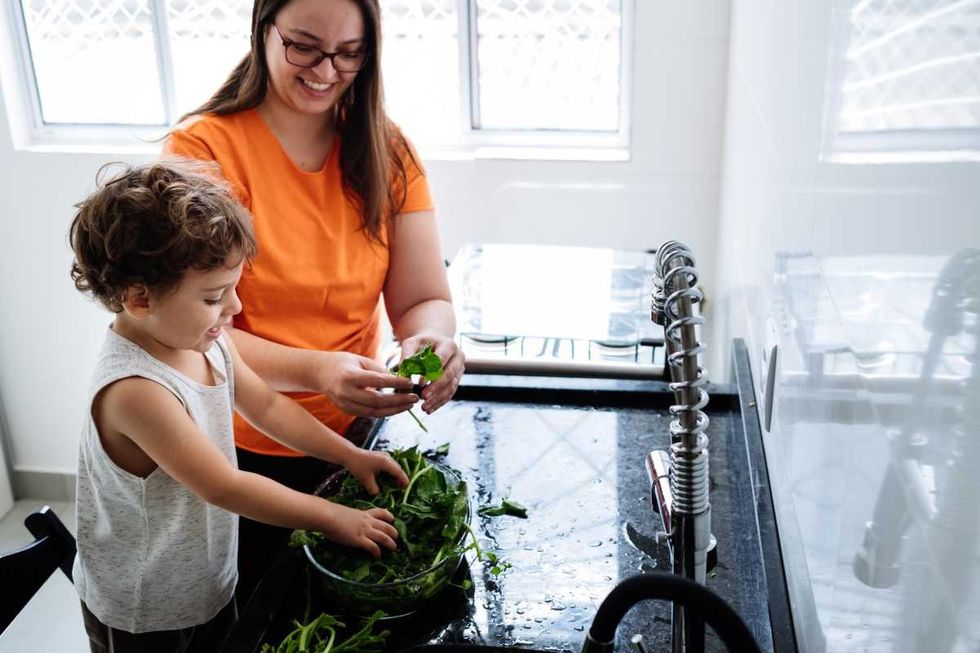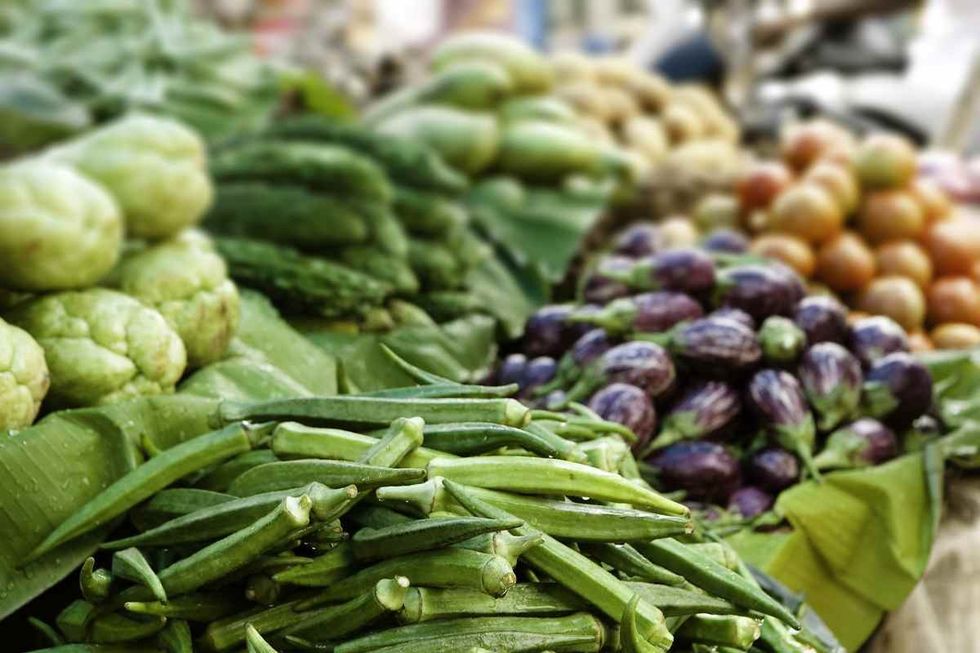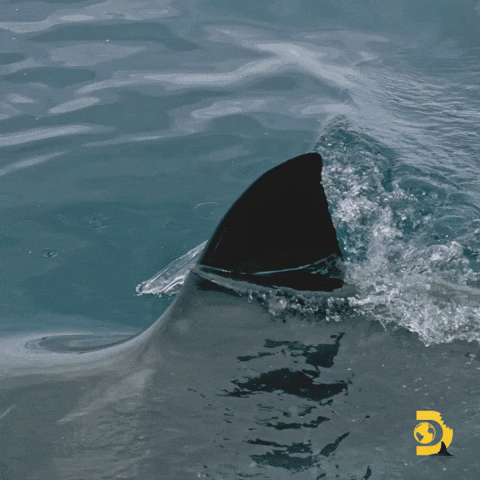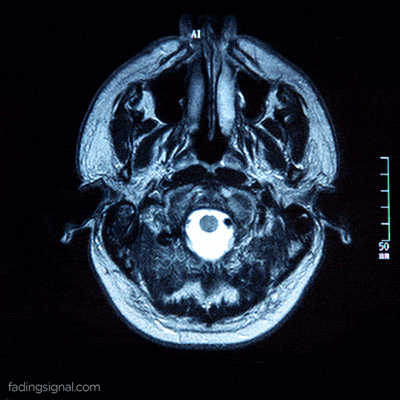The greatest scientific inventions in history have been made by those who notice the things hidden in plain sight that other people overlook. When the 14-year-old Sirish Subash, from Snellville, Georgia, was washing vegetables with his mother in his home kitchen, he saw something more than just vegetable peels and thought of the residue of pesticides on them. To counter the effects of chemicals on his body, he invented an AI-based device that can detect the presence of pesticides on grocery items to win the “3M Young Scientist Challenge,” according to NewsNation.
Pesticides are sprinkled on the crops for protection against rodents, insects, weeds, and germs. But most of the time, when crops are harvested and delivered to grocery carts, the remnants of pesticides linger on these food items, creating a risk of conditions like cancer, Alzheimer’s disease, memory loss, dizziness, and even neurological conditions like autism, ADHD, depression, anxiety, etc.

Although Subash was told by his mother to wash vegetables before cooking and eating them, he wondered, if this plain rinsing was enough to clean away the pesticides from the food. “My parents always insist that I wash my produce before consuming it. I wondered, how necessary is this really, and how effective is the washing,” Subash told MPR News. “Does it really work to ensure that your produce is clean?” This was the question that prompted him to invent a groundbreaking handheld device, PestiSCAND.

The device is based on a method called “spectrophotometry,” which measures how light of different wavelengths bounces off the surface of the item. “It works on a method called spectrophotometry. Now what this means is that it uses different ways that light interacts with different chemicals to look for different chemicals on the produce,” Subash told “Morning in America with Hena Doba,” as per NewsNation.
According to My Modern Met, the device is set up with a sensor, a power supply, a display screen, and a processor, that employs a machine learning model to detect the presence of pesticide remnants in the produce. Users of the device need to download an app, point the scanner at the fruit or vegetable, and see the results. While testing the produce, the device accurately reported pesticide levels of around 85% in spinach and tomatoes.
“Oftentimes there are these residues from pesticides that are found on produce. If we could detect them, then we could ensure that we weren't really consuming them,” Subash told MPR. “That’s the main goal of Pestiscand, to help people ensure that they aren’t consuming pesticides used so they can avoid any associated health risks.” The ninth-grader from Gwinnett School of Mathematics, and Science, developed the initial prototype of PestiSCAND with support from his mentor, Aditya Banerji, a senior research engineer in 3M’s Corporate Research Process Laboratory. For his noteworthy contribution, Subash ended up winning the grand prize of $25,000 cash and the prestigious title of “America’s Top Young Scientist.” The prize money, he said, will fund his college education.

“This year's Young Scientist Challenge finalists have demonstrated an incredible ability to develop creative solutions to some of the world's most pressing challenges,” says Torie Clarke, EVP & chief public affairs officer at 3M.
Meanwhile, Subash said that although the product is not out in the market, he will continue to build improved prototypes. “I want to continue developing projects like ‘Pestiscand’ and eventually get them out to the world, to the market. That’s one of my goals for Pestiscand, to get it out to everyone,” he added.





















 Music isn't just good for social bonding.Photo credit: Canva
Music isn't just good for social bonding.Photo credit: Canva Our genes may influence our love of music more than we realize.Photo credit: Canva
Our genes may influence our love of music more than we realize.Photo credit: Canva
 Great White Sharks GIF by Shark Week
Great White Sharks GIF by Shark Week

 Blue Ghost Mission 1 - Sunset Panorama GlowPhoto credit:
Blue Ghost Mission 1 - Sunset Panorama GlowPhoto credit: 
 medical school brain GIF
medical school brain GIF woman leaning on man's shoulder
Photo by
woman leaning on man's shoulder
Photo by